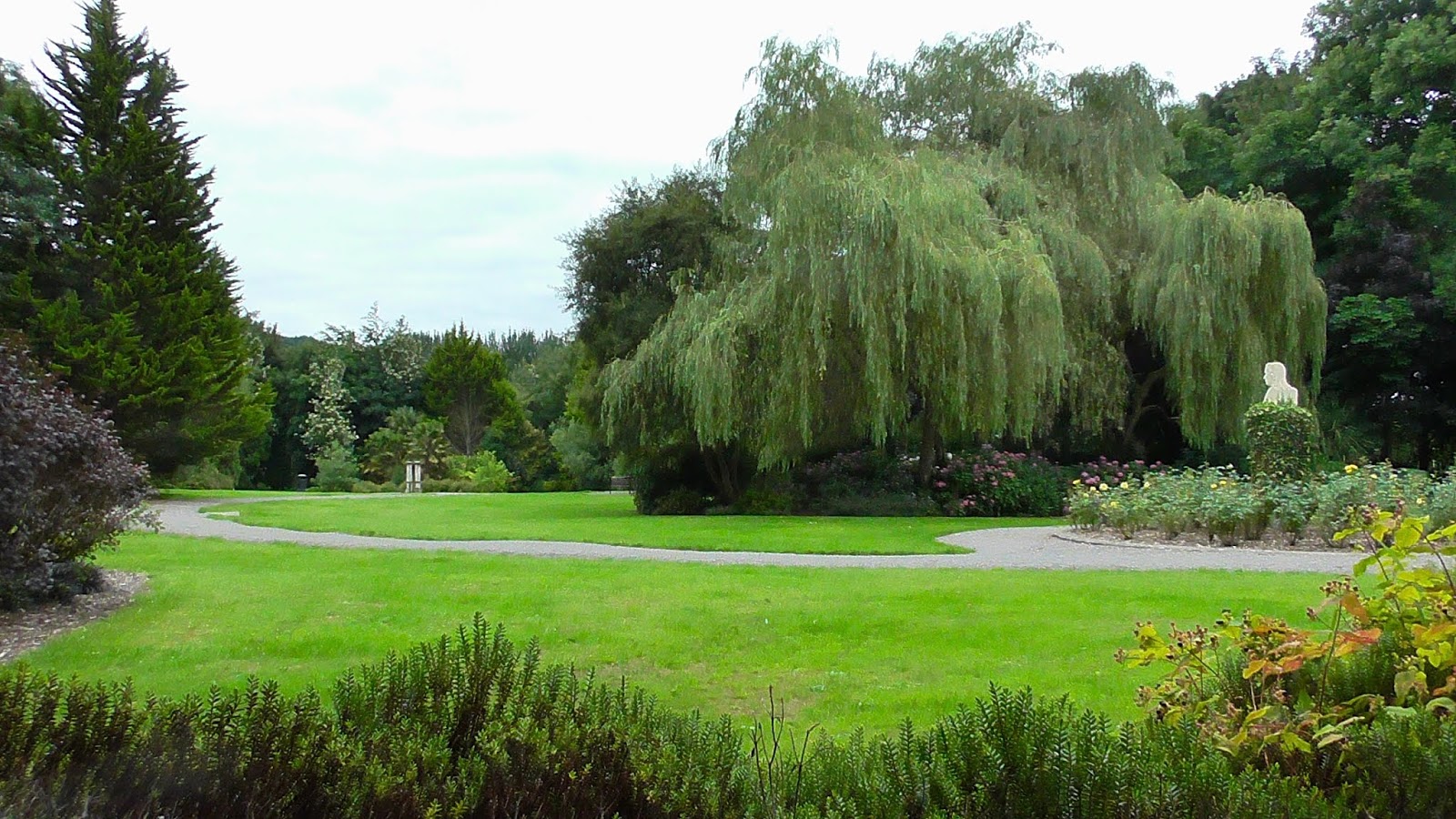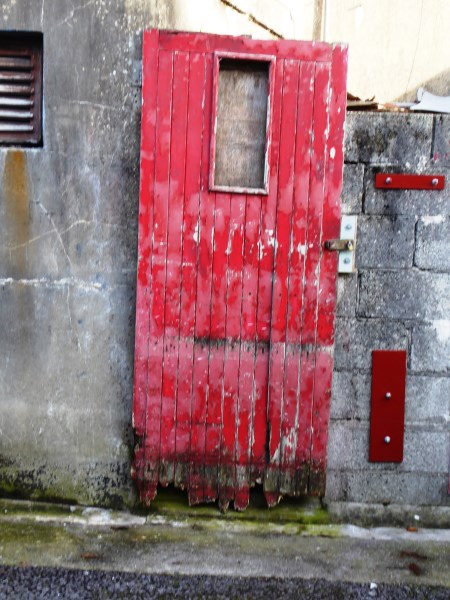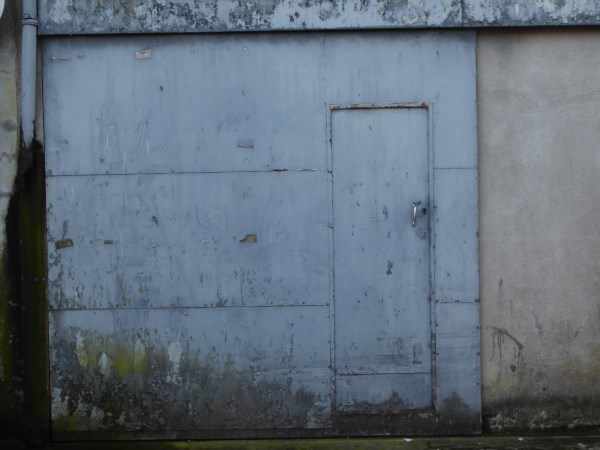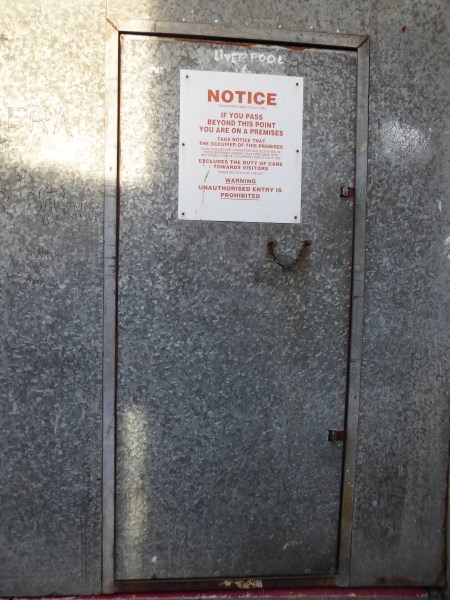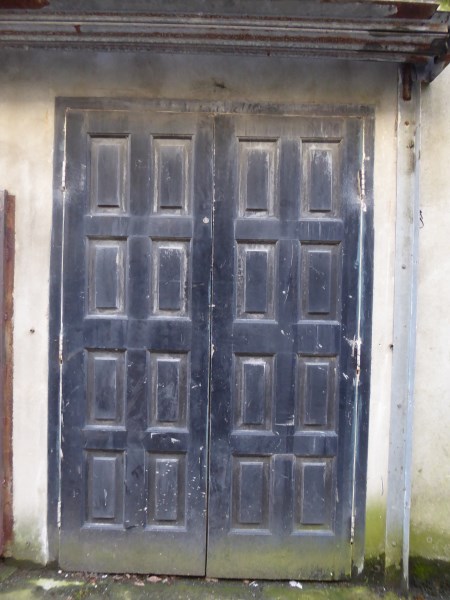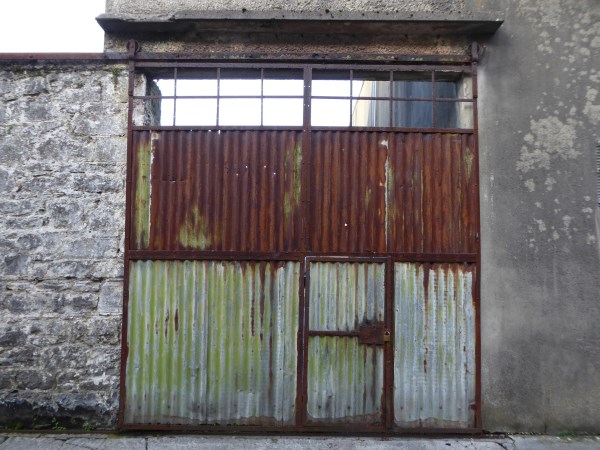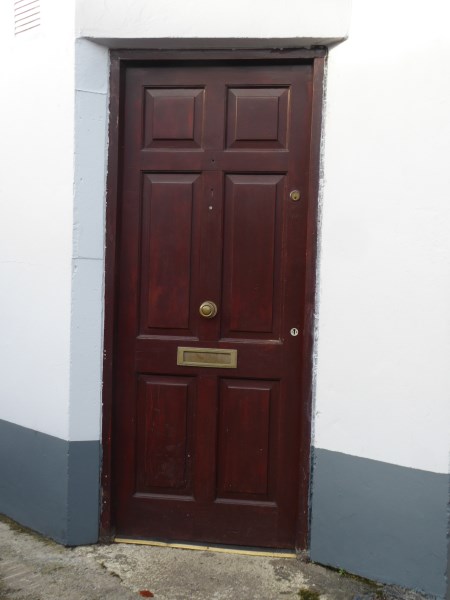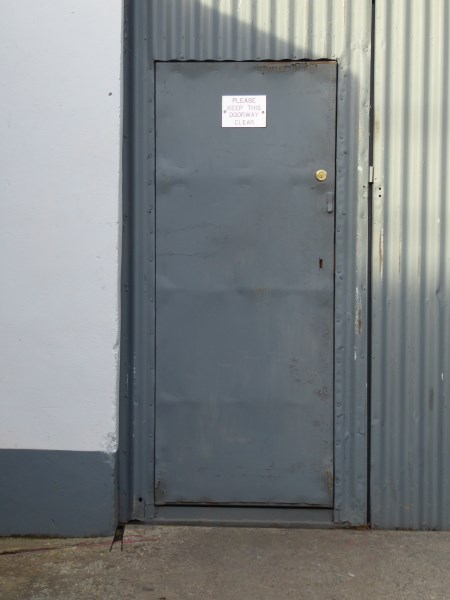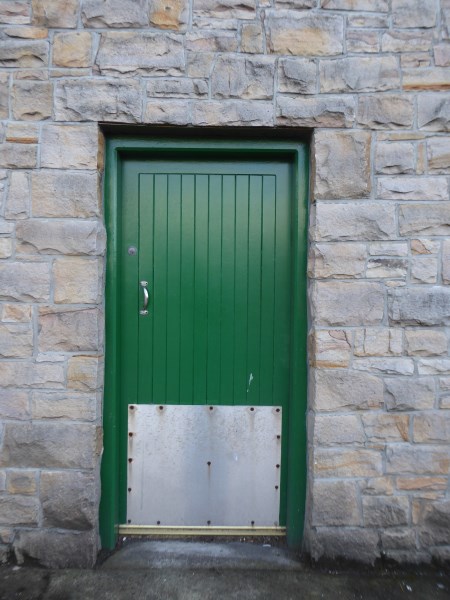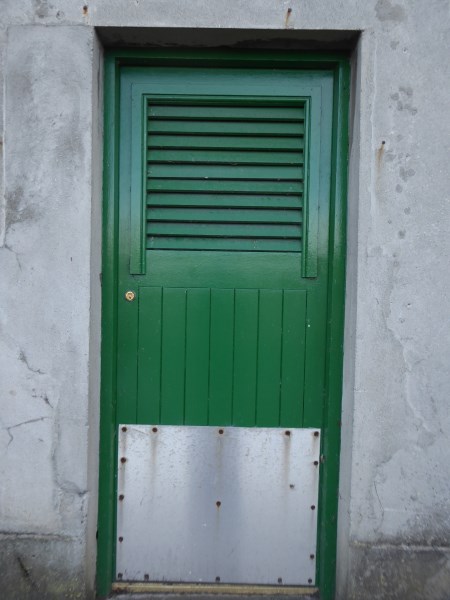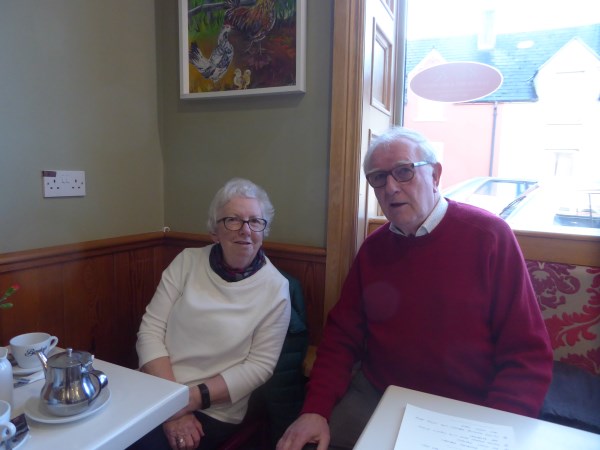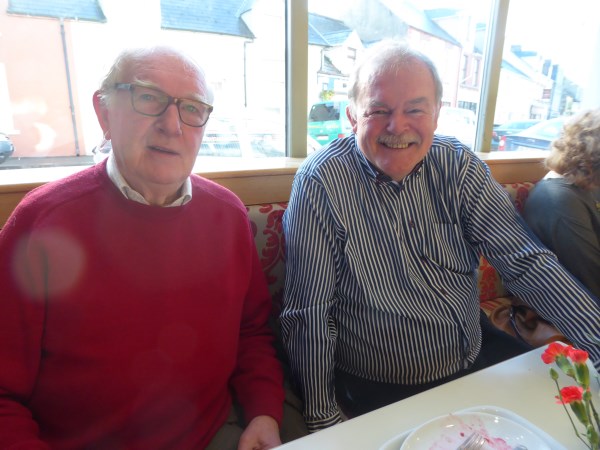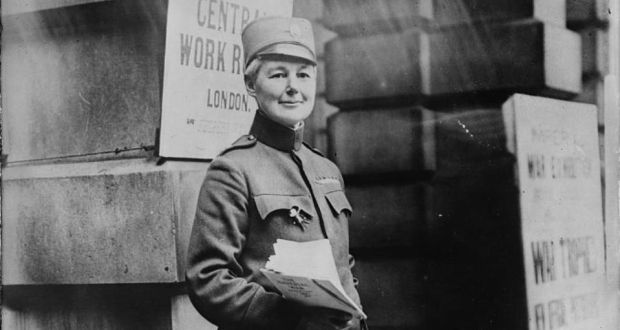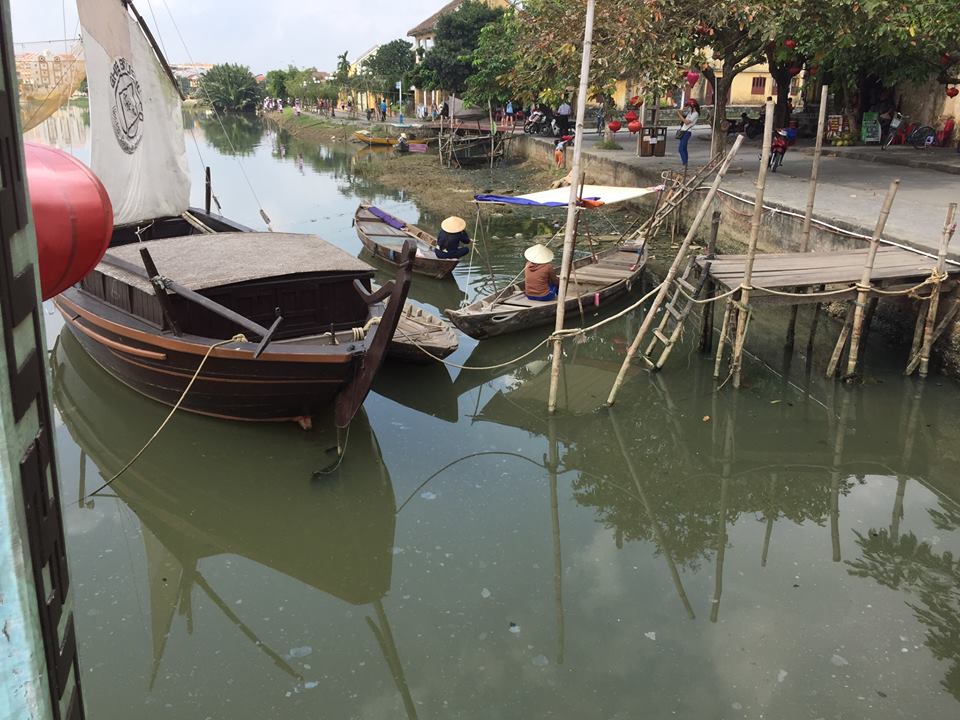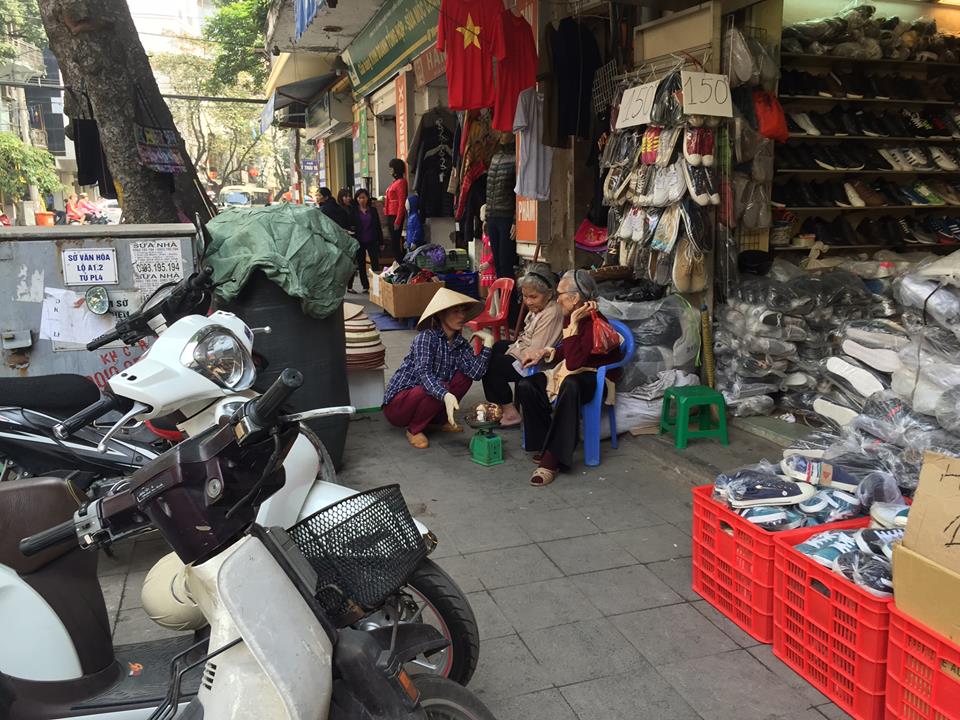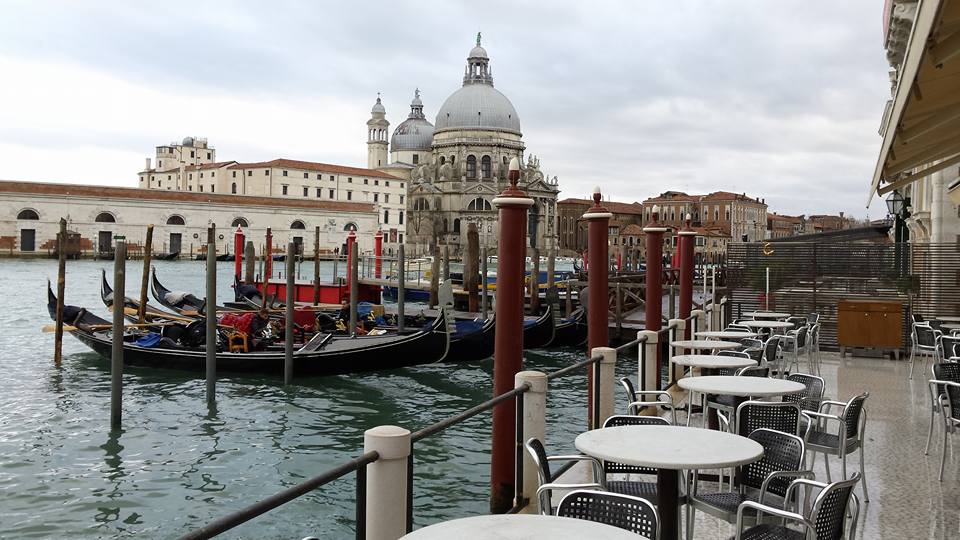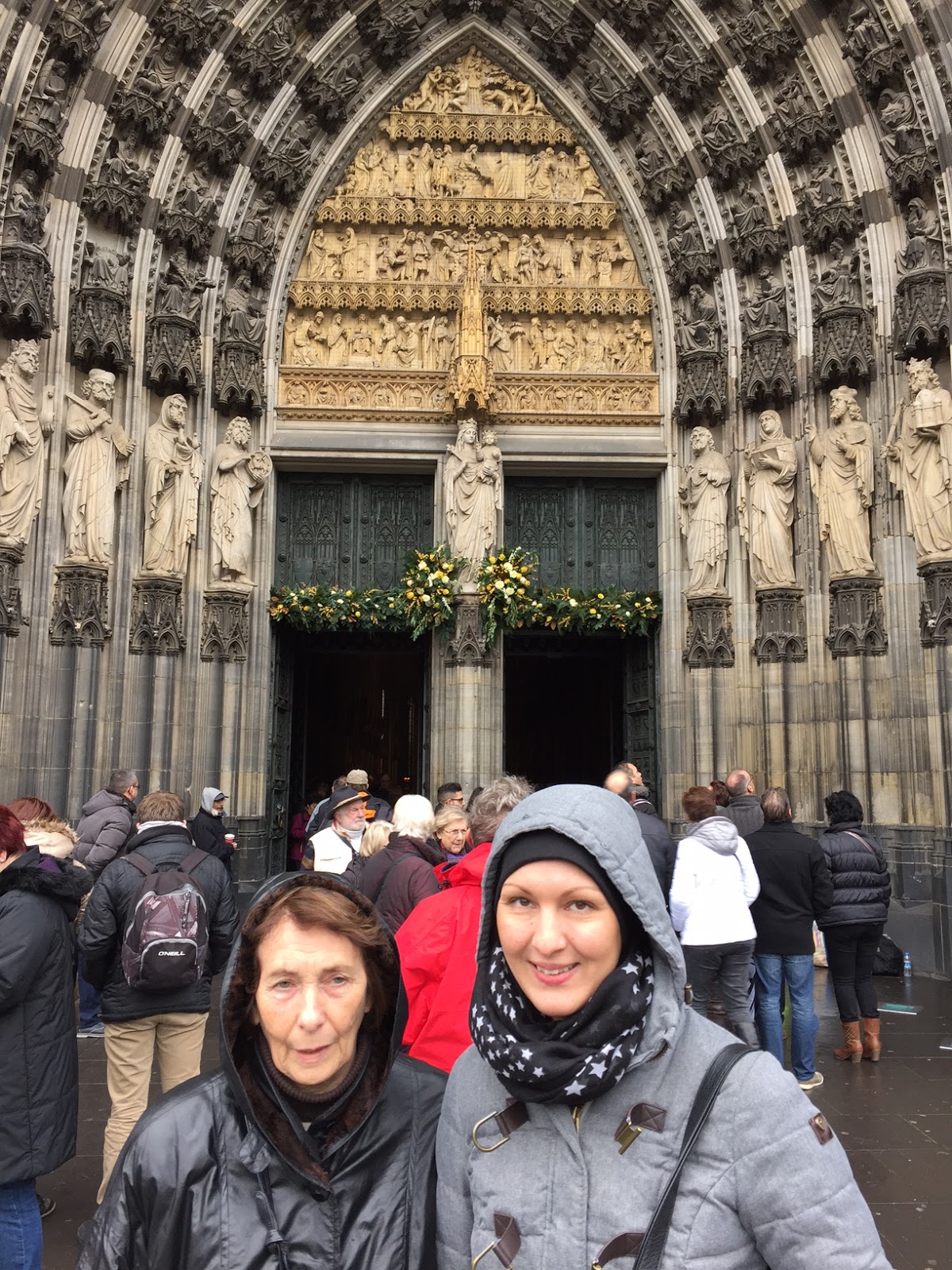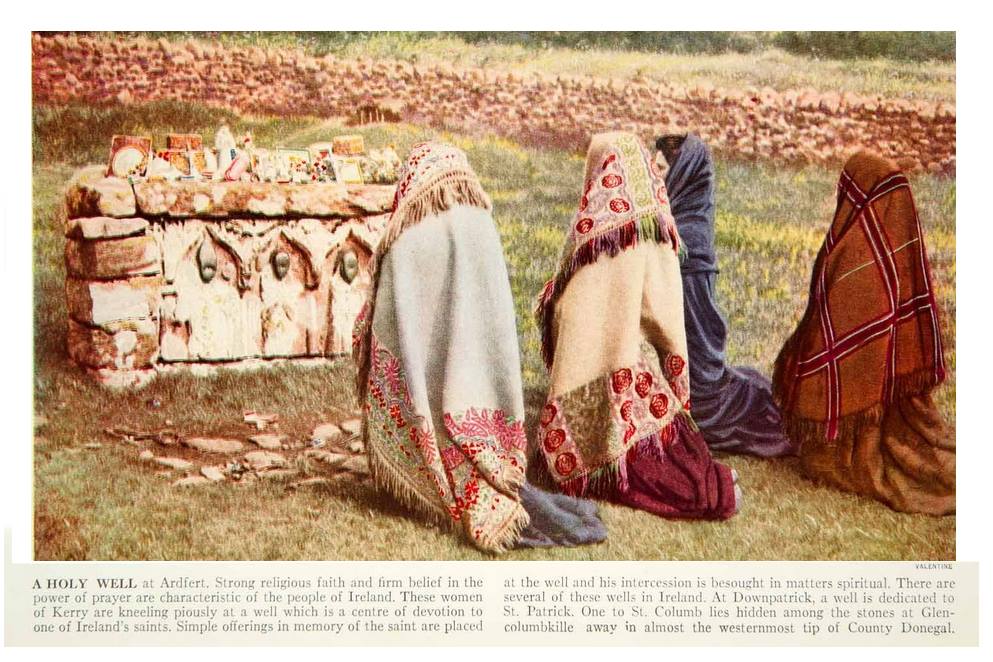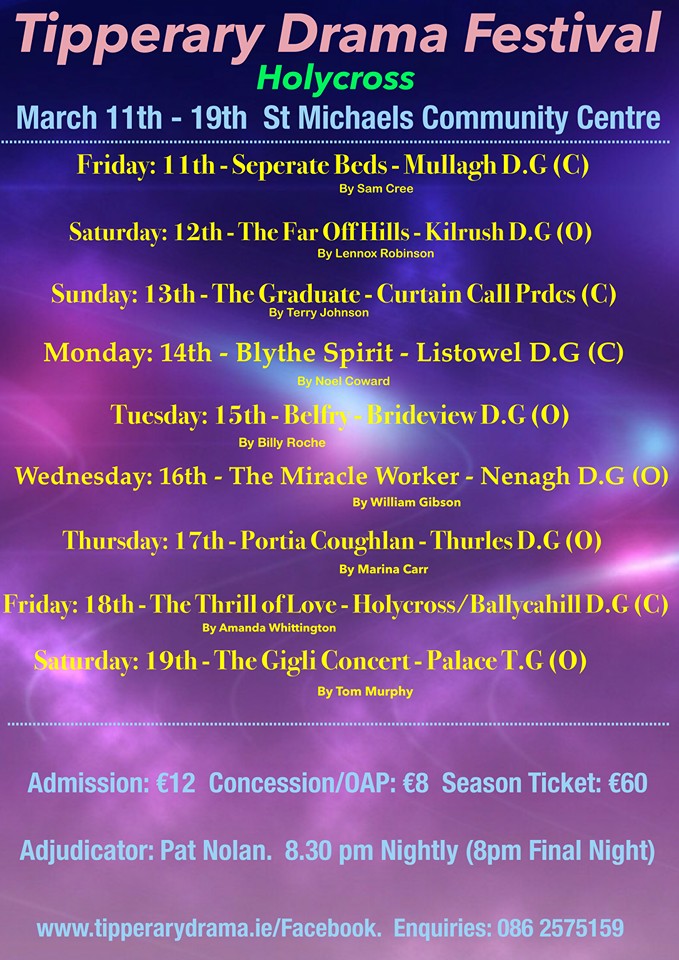Sunday Morning Walk

Childers’ Park, Listowel Co. Kerry November 18 2018
<<<<<<<<<
Well in Coolard (Dúchas Collection)
There is a holy well in Coolard and many people visited it on certain days. The same prayers are said at every well and whilst saying it they make nine rounds. When people visit the well they take a bottle of the water home with them and some moss. The water of the above well cures sore throats and rheumatism. The water of the well is never used for any domestic purpose. There was a scarcity of water and the people took the water from the blessed well. They couldn’t get it to boil.
Rinn Tuirc School collection 10 5 1938.
St Bartholomew’s Well, Coolard, Lisselton
Collector Nancy Hanrahan-Informant- Michael Hanrahan, Age 60
The blessed well is situated in a thick wood near Coolard. The well is shallow and a stream of fresh water flows from it. Many people in the district visit the well three times a year, to pay rounds. They go around the well nine times and they say three rosaries. If they have not the rosaries finished when going around, they kneel by the well and finish them. When they are going home they leave money or holy pictures or pieces of cloth on the tree beside the well. Anyone having sores washes them in the water. They also take three sips of the water and also some water with them. The people living near the well use the water for household purposes. It is said that the well was situated farther up on the wood once. A woman washed clothes in it. Then it moved down to where it is at the present time.
Holy Wells 17 – 11- ’38
<<<<<<<
Woodford Pottery Nativity

I love my Woodford Pottery crib. I will light a tea light in it every evening from now to Christmas.
<<<<<<<
The Ball Alley
Listowel men of a certain age remember the ball alley with great fondness. There have been essays and poems written about the exploits of Listowel’s handballers. I don’t know if the Sheehy brothers who are commemorated on this seat were among the champions but they would have certainly enjoyed being reminded of the days when the ball alley was the centre of young men’s social calendar.

Some years ago in a project undertaken by the young people of Xistance Youth Café the walls of the now disused alley were decorated with graffiti. Over time the pictures have taken a battering from the weather but most are still intact and looking beautiful.








These Pictures are on the side walls. The end wall has had to be replastered.

<<<<<<<
Second Time Around

One of my favourite Listowel shops is Second Time Around, the St. Vincent de Paul shop on Upper William Street. It is always staffed by smiling friendly volunteers and there are always great bargains to be had from the stock donated by some really kind (and stylish) donors.
On Wednesday week when I called in I met these two lovely ladies, Ingrid and EileenR looking after the shop.
<<<<<<<
A Booksigning at Woulfe’s

Michael Healy Rae signing John Hartnett’s copy of his book, Time to Talk

Michael with John and the shop staff, Fiona, Mary and Brenda
<<<<<<<<
Lyre Postman Retires
(Photo and text from Joe Harrington on Facebook)

Our Postman, Seán O’Connell, on his last day as Lyreacrompane Postman delivering the mail to Norrie Connell, Carrigcannon on Friday November 30 2018. Seán has been the postman in the Lyreacrompane district for 38 years! Happy retirement Seán.

